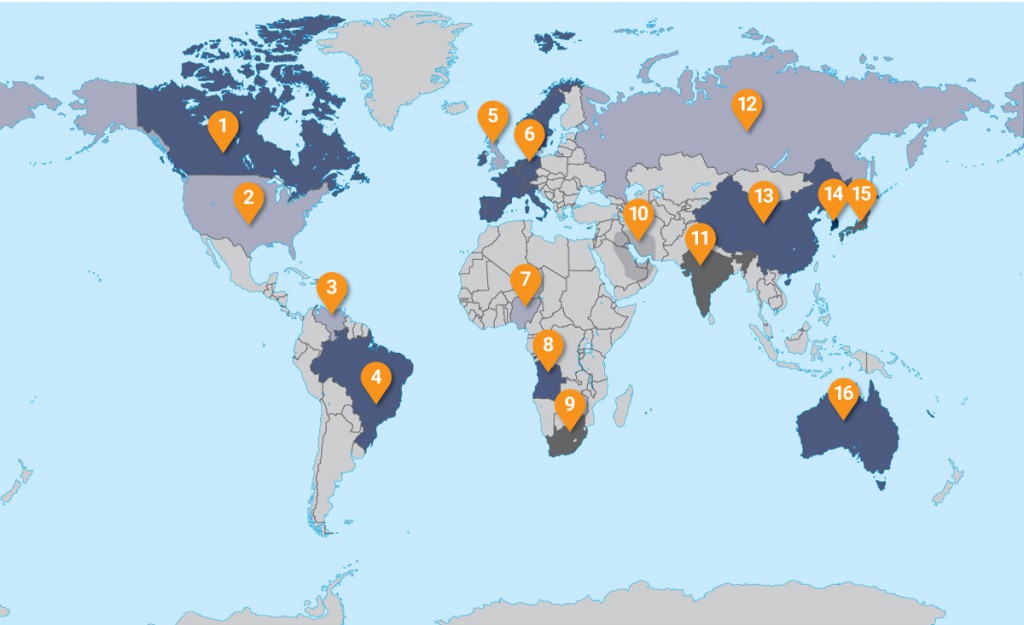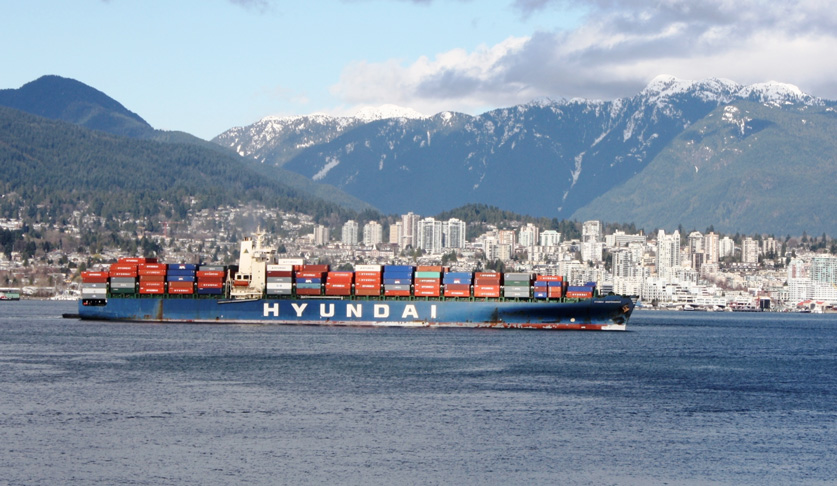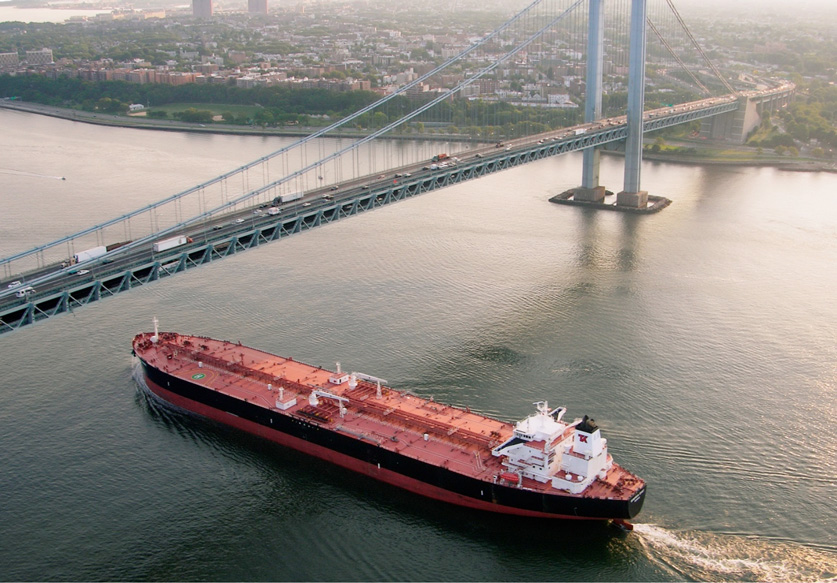[vc_row][vc_column][vc_video link=”https://vimeo.com/505345132″][vc_column_text]Trade is the exchange of goods from a place (or country) that produces items that people in another place (or country) need. Those goods obviously need to be moved from the producer to the place of demand, e.g. South Africa produces iron ore that is needed in China and a number of other countries. The iron ore needs to be moved from South Africa to countries that need it, and that is where shipping becomes necessary to move millions of tons of ore. Therefore, large bulk carriers load iron ore in Saldanha Bay for discharge in China.
China produces a number of items that South Africa needs such as electronic equipment, machinery, chemicals and a number of other products. As such items will be moved in containers, a different type of ship (containerships) will be needed to bring those Chinese products to South Africa.
The same applies to the United States, Europe, Australia or any other country, and thousands of ships are used to move all types of goods between countries or regions. Major shipping routes link the world’s major trading nations. (See the trade route maps in the sections covering containerships, bulk carriers and tankers.)
Leading trading nations and regions
Countries that produce items such as steel, machinery, vehicles, electronic goods, chemicals, and processed food will also create trade as they sell those products to other countries. To supplement their own mineral resources, many countries have to import minerals, while millions of tons of oil – the most important commodity – are shipped internationally, especially from the Arabian Gulf, West Africa, the North Sea, US Gulf, and Venezuela, among others.

1. Canada 2. USA 3. Venezuela 4. Brazil 5. United Kingdom 6. Western Europe 7. Nigeria 8. Angola 9. South Africa 10. Arabian Gulf area 11. India 12. Russia 13. China 14. Korea 15. Japan 16. Australia
The countries and special regions shown on this map are among the leading trading areas. The Asian countries produce large amounts of electronic goods, household appliances, vehicles and vehicle parts, steel, chemicals, textiles and some grains.
Although they produce a similar range of commodities, Western European countries export large volumes to Asia. This translates into a flow of loaded containerships moving in both directions between Europe and Asia.
Similarly, North America (USA and Canada) also have busy containership services with Asia. Among the freight moving to North America from Asia is a steady flow of vehicles and vehicle parts, as well as electronic goods.
Because of the large population in Asia and Africa, grains form a significant volume of freight to Asia and Africa from North America, Australia and Argentina. Fruit and meat cargoes – in refrigerated containers, and to a lesser extent in refrigerated ships – leave Australia, Argentina, North America and South Africa, mainly for Asia and Western Europe.

A Korean containership arriving in Vancouver harbour, Canada. She is one of many on services between Asia and the west coast of North America.
The variety and quality of minerals in Canada, Brazil, South Africa and Australia mean a regular flow of mineral cargoes from these countries to Western Europe and Asia, while Russia also contributes vast mineral cargoes to world shipping, as it does oil and gas, although trade sanctions imposed on Russia by western countries has reduced the current cargo volumes.
Oil is basic to the economy of all the industrialised countries. Thus a constant flow of large tankers heads from the Arabian Gulf, Nigeria, Angola, North Africa, the North Sea, Alaska and the Black Sea to Western Europe and Asian countries.
See also the maps showing major trade routes in the tanker module, bulk carrier module and containership module in section 10.1.3.
[/vc_column_text][/vc_column][/vc_row]



